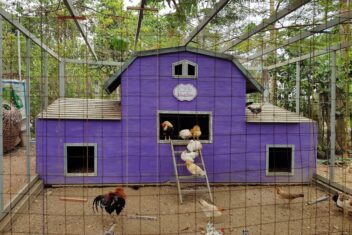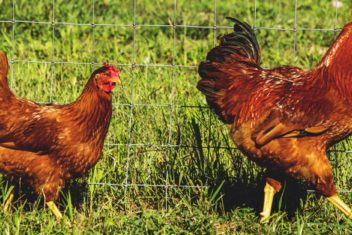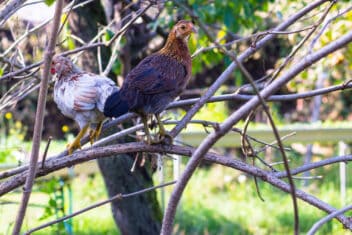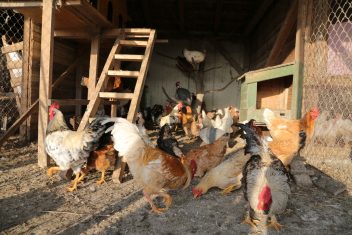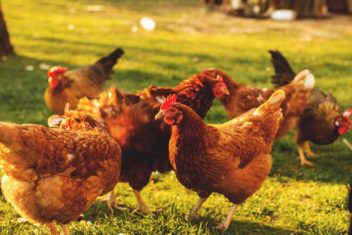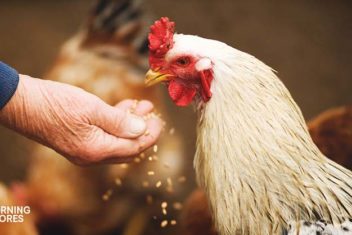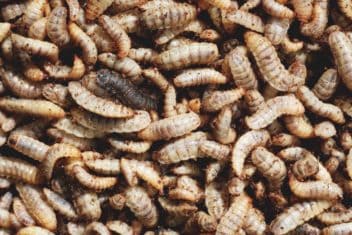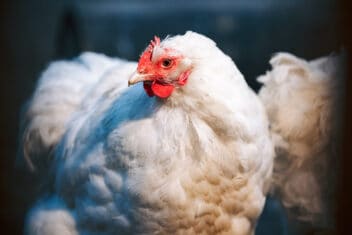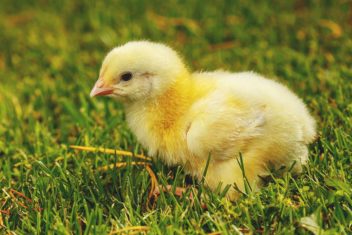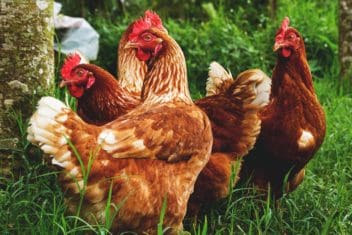Choosing to cull any animal on your farm is never a pleasant or easy decision. When it comes to culling chickens, you’ll need to decide if it’s actually necessary and the best way to do it.
Anyone who has been around chickens for any amount of time will likely be faced with the task of culling a chicken. When the time comes, you’ll want to know the ins and outs so that the process is as seamless as possible.
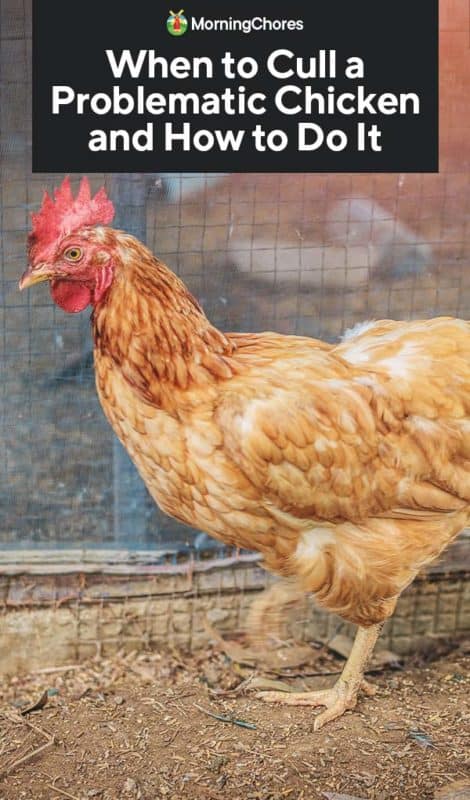
Culling versus Rehoming
There are some situations where rehoming is a welcome alternative to culling, which makes for a far less painful situation. In cases where the bird simply isn’t an ideal fit for your flock, you may be able to rehome it instead of culling.
However, sick and injured birds or especially problematic chickens are usually best culled to avoid putting your problem in someone else’s hands.
Reasons to Rehome a Chicken
1. Breeding Programs
For those that have a rigid breeding program, you won’t be keeping every single bird that hatches. Those that do not fit in with your particular breeding program, will be excellent candidates for rehoming. Many chicken keepers are happy to have an extra egg layer and don’t care what kind of chicken it is and will welcome your rejected hatchling with open arms.
2. Pecking Order
Other times, a bird simply doesn’t fit in well with your flock. If one bird is constantly getting shoved to the bottom of the totem pole and getting bullied, it might do better and be happier in a flock with different dynamics.
If the bird is getting bullied because it is sick, do not pass it along to a different flock. However, sometimes gentle birds belong in smaller, pet type flocks and you may be able to find a smaller flock where the bird will get more human attention and less bullying.
3. Flock Management
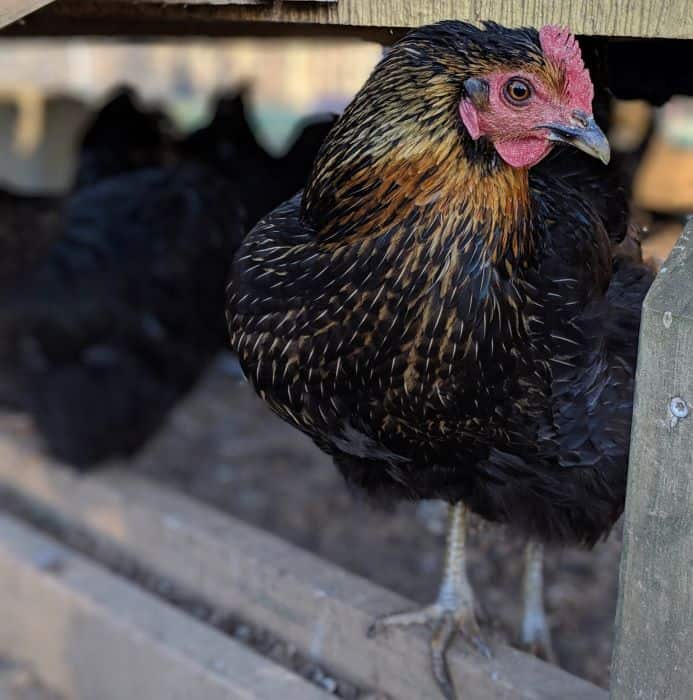
Many chicken keepers are constantly adding birds to their flock, and selling older or excess stock. If you’re adding a new generation of layers and need more room, or are simply downsizing, you may find chicken keepers that want your unwanted chickens. Unless you have a sick or injured bird, it will likely be able to find a home in a nearby flock.
Realistic Reasons to Cull a Chicken
1. Aggression
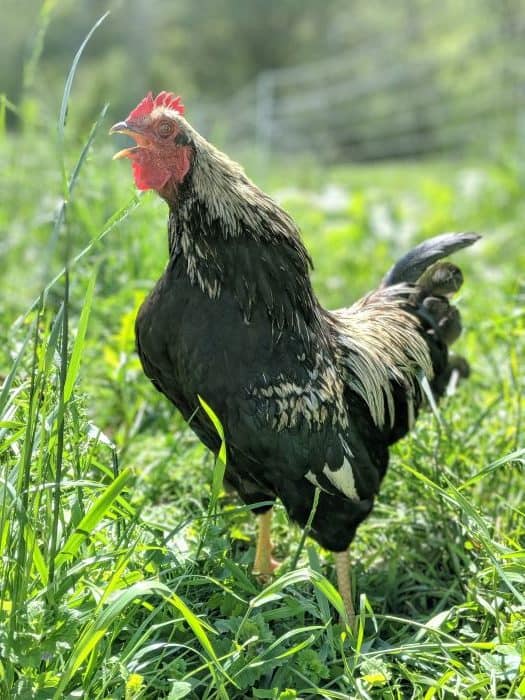
It’s not uncommon to attempt to rehome a rooster when one is dealing with persistent aggression towards humans. Unfortunately, this isn’t the best solution to a problem with an otherwise healthy bird because the rooster could end up injuring someone else.
Aggressive roosters are something to be taken very seriously. Many years ago, someone else’s rooster attacked my toddler sister and she nearly lost her sight and she still has the scars to show even today.
In addition to the potential danger to humans, aggressive roosters can have a negative effect on future generations. When young roosters grow up with a testy rooster, they’ll model that behavior just like a young child watching her parents.
2. Quality of Life
Sometimes chickens will be born with or develop medical conditions that can severely affect their quality of life. In other cases, birds may be injured past the point of recovery and it’s necessary to cull the chicken so it doesn’t have to suffer more than necessary.
Of course, it’s always preferable to rehabilitate when possible, but some cases are simply too far gone and the most humane option may be culling.
3. Bad Habits
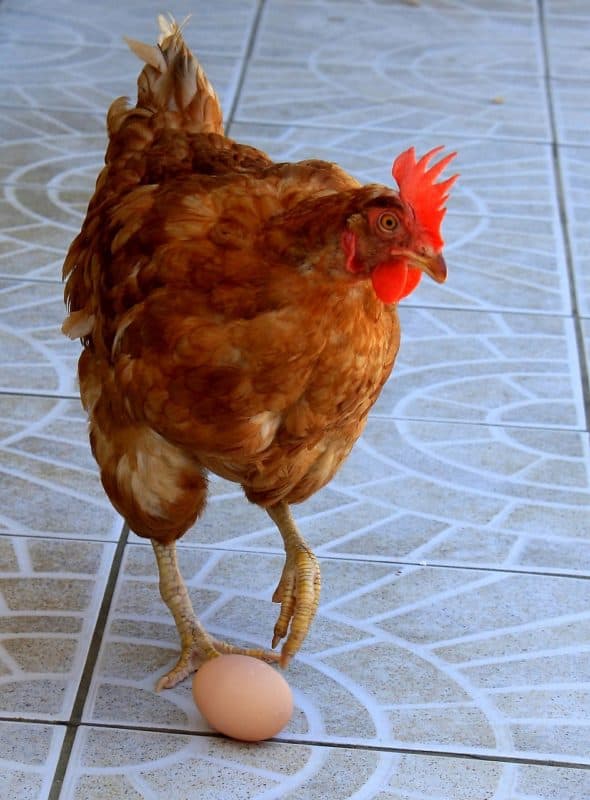
Occasionally, hens will develop bad habits such as egg eating. Egg eating is an especially difficult habit to break and it is something many chicken keepers will cull a bird for.
When it comes to something like egg eating, the offending hen will eat multiple eggs a day and it’s difficult to break this habit. It’s not ideal to rehome in situations such as these because you’re just passing the problem on to another flock.
How to Peacefully Cull
1. Euthanasia
When I am approached with the topic of culling, many people ask me about euthanasia as an option for culling. Honestly, the question surprised me the first time I got it because I’d never considered the option.
The only time I recommend euthanasia is when the bird is from a small pet flock. If the bird is like one of the family pets, no one wants the duty of dispatching a beloved chicken. In these cases, you might consider euthanasia, but otherwise, I advise against it. If you prefer this option, take your pet chicken to the vet where she can be peacefully dispatched.
For serious poultry farmers, it’s simply not cost-effective to euthanize.
2. Doing it Yourself
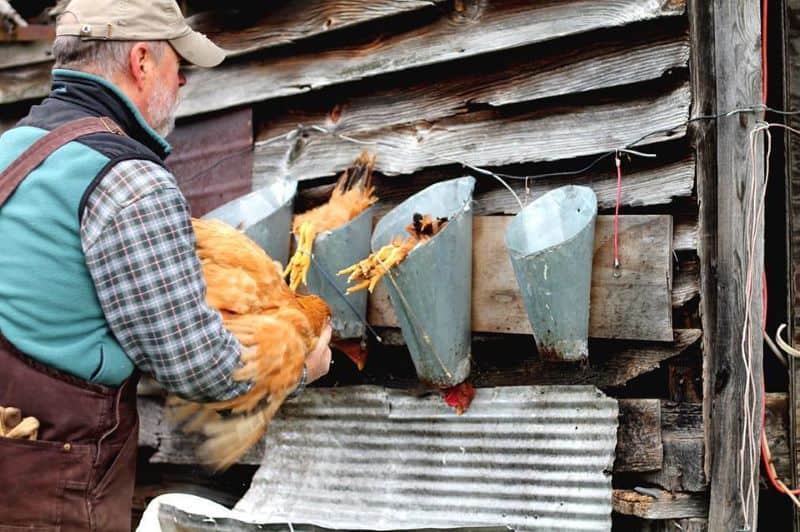
Culling can be done peacefully at home with the help of a friend or family member if you need an extra hand or some moral support.
However, if you have a sizeable flock, you may have situations that require culling a few times a year.
When it comes to killing a chicken, you have several different options. There is much controversy as to what the correct way to execute a chicken is, but the goal is to do it as quickly and painlessly as possible.
When it comes to methods, you have your good old chopping block and a killing cone as the two most common ways to kill a chicken. Personally, I prefer the killing cone method because I feel like the bird is calmest this way.
A killing cone is an upside-down cone with a hole in the bottom. Usually, the cone is mounted on the side of a building with a gutter underneath to catch the blood. The chicken is hung upside down and placed in the cone with the belly facing towards the front.
Once in the cone, the chicken will get very calm as the blood rushes to its head. When the bird is calm, take a well-sharpened knife and slit the jugular. The chicken will kick and flop a bit, but this does not mean it’s in pain, this is just the nervous system shutting down.
If you want a simple, DIY alternative to making cones, you can suspend a ladder in mid-air and put traffic cones down between the rungs. You can get creative with suspending the ladder, such as between the beds of two pick-up trucks. The cone tips will need to be cut until there is enough room for the head and neck to fit comfortably without the entire bird falling out.
Sometimes I’ll simply hold the bird upside down in my lap, stroking it and calming it down. Once the bird is calm, slit the jugular and hold it upside down until the blood has drained into a bucket.
Accepting The Circle of Life
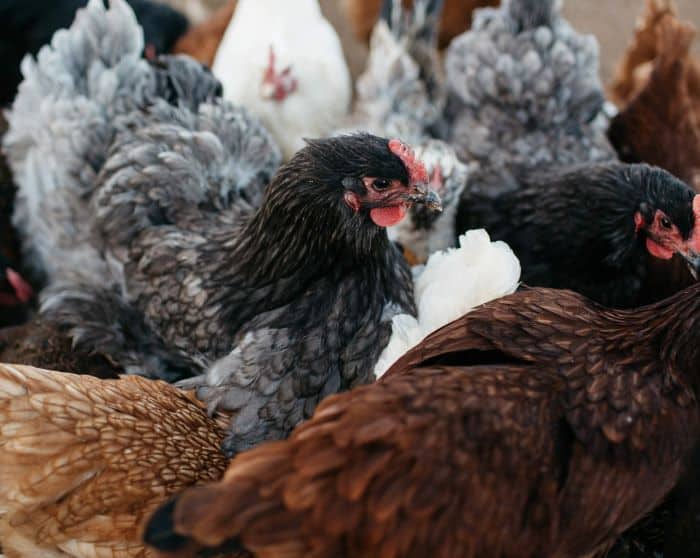
There are the fun and exciting parts of farming such as new chicks, and the sadder ones such as culling a sick bird. Anyone who has been farming for any period of time will tell you that it’s not always beautiful or fun, but it’s a worthwhile journey.
If it’s your first time culling a chicken, it can be a difficult task to put yourself up to. No matter how you decide to cull your bird, make sure you have sharp tools to do so quickly and efficiently. At the end of the day, pat yourself on the back for being able to handle the circle of life on a working farm.

